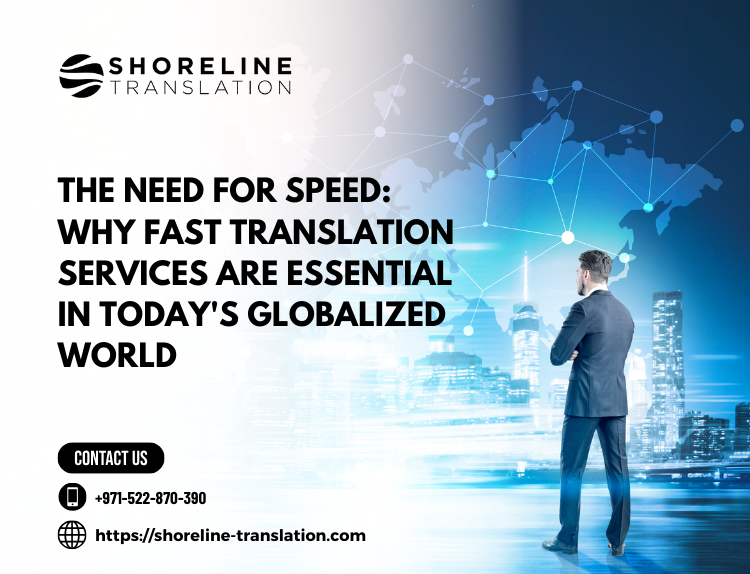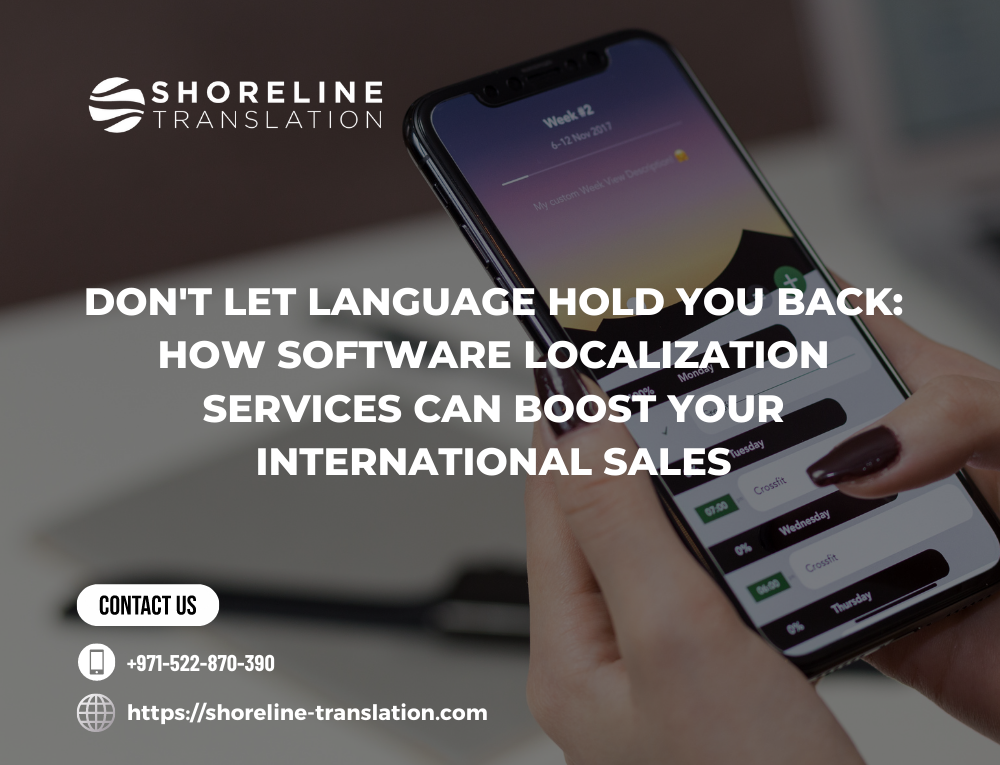Machine translation has been around for a while, but it is only recently that it has become good enough to be used in professional settings. There are several reasons for this, but the most important one is the large increase in computing power. This has allowed machine translation algorithms to become much more sophisticated, and they are now able to produce translations that are almost as accurate as those produced by human translators. As a result, machine translation is starting to replace human translators in many industries, including the translation industry. This is causing a lot of disruption in the industry, and many translators are afraid of being replaced by machines. However, I believe that machine translation will ultimately benefit the translation industry by making it cheaper and more efficient.

1. What is machine translation and how does it work?
Machine translation is a field of artificial intelligence involving the development of computer programs that can automatically translate texts from one language into another. Machine translation works by using a combination of machine learning and statistical natural language processing techniques to analyze sentences and paragraphs in order to identify the most probable translations. This is done by taking into account the context of each sentence and comparing it to a large database of previously translated words and phrases.
2. How has machine translation changed the translation industry for both businesses and translators alike?
For businesses, machine translation has allowed them to get translations done quickly and inexpensively. This has made it easier for businesses to expand into new markets and interact with customers in different countries. For translators, machine translation has made it more difficult to find work as clients are now able to get their translations done much more cheaply using machines rather than hiring them. There is also the fear that machine translation may eventually replace human translators altogether, although I don’t think this will happen anytime soon.
3. What are the advantages and disadvantages of using machine translation?
The main advantage of using machine translation is its speed and cost-effectiveness. Machine translations can be done much more quickly and cheaply than translations done by humans, which makes it ideal for businesses that need to get translations done quickly. However, the accuracy of machine translations is still not perfect and there is always the possibility of errors being made. Additionally, machine translation algorithms are often unable to capture subtle nuances in a language or consider colloquialisms and cultural references, meaning that machine translations may lack the same level of accuracy and fluency as those done by human translators.
4. What is the future of machine translation in the translation industry?
The future of machine translation looks very promising. As computing power continues to improve, so too will machine translations become increasingly accurate and efficient. Additionally, machine translation may eventually become more affordable than human translations, which could lead to much greater adoption of the technology in the industry. Nonetheless, I believe that human translators will always be needed to produce translations with a high level of accuracy and fluency, and therefore they should not be replaced entirely by machines.
Overall, machine translation is changing the translation industry and will continue to do so in the future. While it does have some advantages compared to human translations, it is still not perfect and cannot replace human translators altogether. Therefore, both human translators and machine translations will likely be necessary for businesses to produce high-quality translations in the future.
5. How can businesses make sure they are getting quality translations despite using machine translation software?
Businesses should make sure that they are using the best machine translation software available to ensure quality translations. They should also consider using a combination of both machine and human translations, as this can help increase accuracy and reduce errors. Additionally, businesses should always review their translated texts thoroughly before publishing them, as this will help to catch any mistakes or inaccuracies that may have been introduced by the machine translation software. Finally, businesses should keep up to date with advances in machine translation technology and continuously evaluate their own use of it to make sure they are getting the best translations possible.
6. What do translators need to do to stay competitive in a market increasingly dominated by machine translations?
Translators need to stay abreast of advances in machine translation technology and continuously hone their skills. They should also be willing to adapt to the changing demands of the industry, such as offering services that involve a combination of human and machine translations. Additionally, translators should look for ways to differentiate themselves from other translators on the market, such as offering specialized translations or more personalized services. Finally, translators should make sure that they are familiar with the different types of machine translation software available and how to best use them in order to ensure quality translations for their clients. By doing these things, translators will be able to stay competitive in a market increasingly dominated by machine translations.
Overall, machine translation is an important part of the translation industry and will continue to be so going forward. While it offers advantages such as speed and cost-efficiency, businesses should not rely solely on machine translations for their translation needs. Instead, a combination of both human and machine translations should be used in order to get the best translations possible.
7. The challenges of machine translation
There are still a number of challenges associated with machine translation. For example, it is not yet able to produce translations that have the same level of accuracy and fluency as those produced by human translators. Additionally, there can be some issues associated with using machine translation software, such as cultural context errors or incorrectly translated words due to ambiguous language. Finally, machine translations can sometimes be difficult to understand due to the lack of context, which can be an issue for some businesses that require more precise translations. To overcome these challenges and make sure they are getting quality translations, businesses should consider using a combination of human and machine translation services.
Overall, while machine translation is changing the translation industry, it is not perfect and cannot replace human translators altogether. Therefore, both human translators and machine translations will likely be necessary for businesses to produce high-quality translations in the future. Additionally, businesses need to make sure they are using the best machine translation software available and always review their translated texts thoroughly before publishing them in order to ensure the best possible results. By doing this, businesses can maximize the benefits of machine translation while also getting the accuracy and fluency they need in their translations.
Conclusion
In conclusion, machine translations are becoming an increasingly important part of the translation industry. While they offer advantages such as speed and cost-efficiency, businesses should not rely solely on machine translation software for their translation needs. Instead, a combination of both human and machine translation services is the best way to ensure the highest quality translations possible. Additionally, businesses should make sure they are familiar with the different types of machine translation software available and how to best use them. By doing these things, businesses can maximize the benefits of machine translation while also getting the accuracy and fluency they need in their translations.
In summary, as technology advances and machine translations become more prevalent, it is important for businesses to stay up-to-date with the latest developments in order to remain competitive and provide high-quality translations. Human translators should take advantage of this new technology by learning how to use machine translation software, offering specialized services, and keeping up with industry trends. By combining both human and machine translation services, businesses can benefit from the speed and cost-efficiency of machine translations while also maintaining a high level of accuracy and fluency in their translations. In this way, businesses can ensure they are providing quality translations that meet the needs of their customers.





